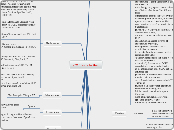por craig crowther hace 17 años
953
COPD - Infection
In patients with chronic obstructive pulmonary disease (COPD), respiratory infections are a significant concern, exacerbating the condition and leading to more frequent health complications.

por craig crowther hace 17 años
953

Ver más